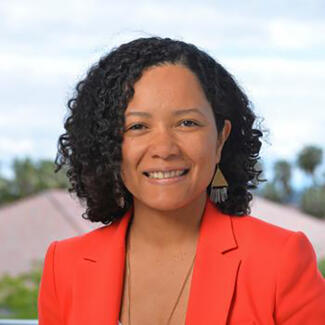
Debbie Senesky is Growing Crystals in Space
Sans gravity, new materials can grow larger faster without defects that occur on Earth.
Professor Debbie Senesky is harnessing the space environment to make new types of materials. Her research group, XLab (EXtreme Environment Microsystems Laboratory) specializes in making things for space, and in space. Their research advances extreme-environment electronics made from gallium nitride, as well as in-space manufacturing of lightweight graphene aerogels and metal-organic framework crystals.
On August 1, they triumphantly launched an experiment to the International Space Station (ISS) onboard the Northrop Grumman NG-19 rocket. They sent a small autoclave—a machine that creates elevated temperatures and pressures—filled with water and flakes of graphene oxide, which was used as a starting ingredient. After it arrived, astronauts loaded the autoclave into the SUBSA furnace and turned the heat up to 180 degrees C. During this process the contents were converted into graphene hydrogel—basically a mixture of graphene and water. These samples are now back on the ground, having returned on September 4 via SpaceX's Crew-6 mission. It's exciting to think that our experimental products reentered Earth's atmosphere alongside four astronauts. Now we plan to dry the samples out to change the hydrogel into an aerogel, in which the water is replaced by air.
Debbie and her XLab is equipped to work through the challenge of making materials and electronics in space; the experiment on the ISS is just the beginning. With the growth of the commercial space industry, there will be more frequent missions and more human activity in orbit. Industry will be part of that. Factories in space may sound like science fiction, but Debbie believes they will be a part of our everyday life.
Read more
- Excerpted from “What It Takes to Grow Crystals in Space,” Scientific American.
- [VIDEO] Scientific American, "Space Manufacturing is Not Science Fiction."